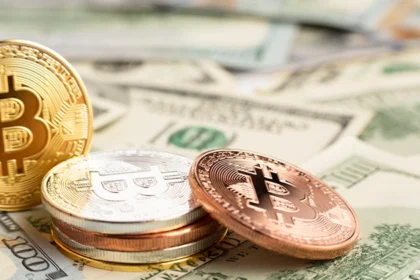Herd immunity takes place when a large portion of a population (the herd) is immune to a disease. That makes it unlikely for it to spread from person to person. As a result, the whole community gets protected — not only the resistant ones. This is because, statistically, there are fewer individuals at high risk. The rates of infection decrease, and the disease peters out. Herd immunity protects species at risk. This includes babies and others whose immune systems are weak and cannot get self-resistance. Herd immunity in corona is necessary to control the spread of the virus.
What percentage of a community has to be immune to attain herd immunity? It varies significantly from disease to disease. The more infectious a disease is, the higher the population’s proportion needs to be immune to it to avoid its spread.
How herd immunity in corona can be achieved?
There are two routes to herd immunity in corona pandemic — vaccines and infection.
Vaccines
A virus vaccination that triggers COVID-19 will be an optimal solution to the achievement of herd immunity. Vaccines establish immunity, without causing disease or complications. Herd immunity allows individuals to be safe from disease. This includes those who cannot be vaccinated, such as newborns or with weakened immune systems. Vaccines have successfully treated deadly infectious diseases like smallpox, measles, and many others, using the principle of herd immunity.
However, achieving herd immunity in corona or other diseases through vaccination often has disadvantages. Over time, protection from certain vaccines can wane and require revaccination. Often people don’t get all the vaccinations they need to be completely safe from an illness.
[Also read:Latest Updates on Vaccine for COVID-19]
Natural Infection
Herd immunity can also be reached when enough people have recovered from a disease and developed antibodies against potential infection. For instance, those who survived the 1918 flu (influenza) pandemic eventually became immune to H1N1 flu infection, a subtype of influenza A. Nonetheless, depending on community infection to establish herd immunity to the virus that causes COVID-19 can cause some significant problems. First, it is not clear if infection with the COVID-19 virus will immune a person to future infection.
Achieving herd immunity in corona by natural infection has many severe complications and disadvantages. However, if infection with the COVID-19 virus induces long-lasting immunity, significant people need to get infected to meet herd immunity. If a lot of people get sick with COVID-19 at once, the healthcare system might quickly get overwhelmed. Such infection may also lead to serious complications and millions of deaths, particularly among older people and those with chronic conditions.
Future of Herd Immunity in Coronavirus Pandemic
Scientists are currently working on a SARS-CoV-2 vaccine. If we have a vaccine, we will be able to develop herd immunity to this virus in the future. That would mean having the SARS-CoV-2 in different doses and ensuring much of the world’s population is vaccinated. Almost all healthy adults, teenagers, and older children will need to be vaccinated to have herd immunity. It is for those who cannot get the vaccine or are too sick to become immune naturally. If you are vaccinated and build immunity to SARS-CoV-2, you will most likely not be contracting or transmitting it.
Conclusion
The fastest way to get immunity is by vaccination. One can also acquire natural immunity by contracting the disease and developing an immune response to it. Herd immunity in corona isn’t the answer to stopping the spread of SARS-CoV-2; the new coronavirus that causes COVID-19. Setting up herd immunity is one way to help protect people before developing a vaccine for this virus.










